Home>Gardening & Outdoor>Landscaping Ideas>How To Plant Grass In An Aquarium
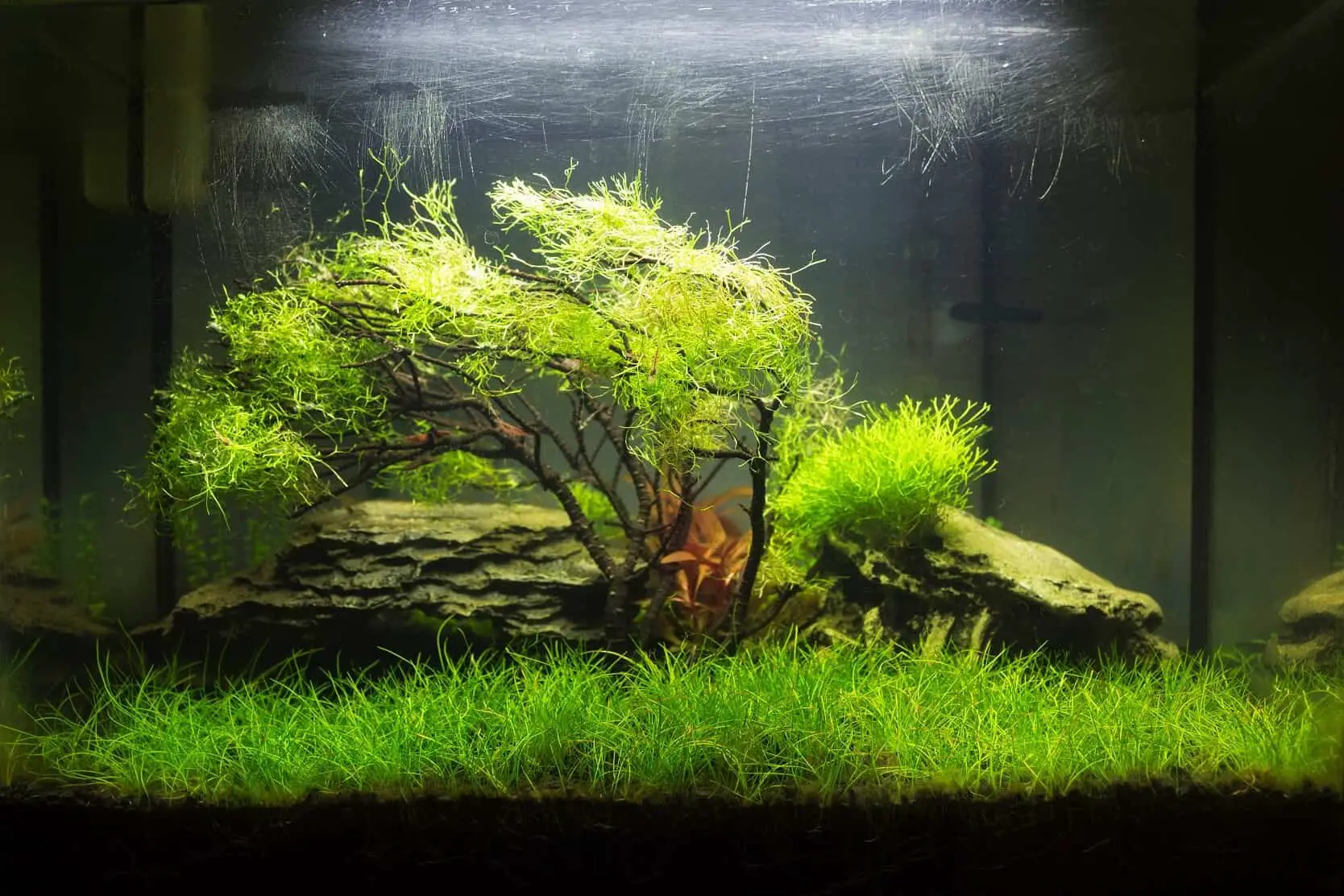

Landscaping Ideas
How To Plant Grass In An Aquarium
Modified: February 18, 2024
Discover expert landscaping ideas for planting grass in your aquarium. Learn how to create a stunning underwater landscape with our step-by-step guide.
(Many of the links in this article redirect to a specific reviewed product. Your purchase of these products through affiliate links helps to generate commission for Storables.com, at no extra cost. Learn more)
Introduction
Are you looking to create a lush underwater landscape in your aquarium? Adding grass can transform your aquarium into a captivating aquatic paradise. Whether you're a seasoned aquarist or a beginner, planting grass in your aquarium can be a rewarding and visually stunning endeavor. The vibrant greenery swaying gently in the water creates a serene and natural ambiance, providing a soothing environment for your aquatic inhabitants.
In this comprehensive guide, we will walk you through the step-by-step process of planting grass in your aquarium, from selecting the right type of grass to maintenance and care tips. By following these instructions, you can achieve a thriving aquatic ecosystem that mimics the beauty of a natural underwater habitat.
The process of planting grass in an aquarium requires careful consideration and attention to detail. From choosing the appropriate type of grass to ensuring optimal growing conditions, each step plays a crucial role in the success of your aquatic garden. Whether you aim to create a vibrant carpet of grass or incorporate it as part of a diverse aquatic landscape, the possibilities are as endless as the depths of the ocean.
Embark on this journey with us as we delve into the art of cultivating aquatic grass in your aquarium. Let's dive in and explore the fascinating world of underwater gardening, where creativity meets nature in a mesmerizing display of aquatic beauty.
Key Takeaways:
- Dive into the world of underwater gardening by carefully choosing the right grass for your aquarium. Consider lighting, growth patterns, water parameters, and compatibility with aquatic life to create a captivating aquatic paradise.
- Transform your aquarium into a mesmerizing underwater landscape by preparing, planting, and maintaining aquatic grass with precision and care. Create a thriving ecosystem that captivates with lush greenery and natural beauty.
Read more: How To Plant Small Leaf Grass In Aquarium
Step 1: Choose the Right Type of Grass
Selecting the appropriate type of grass is a pivotal first step in creating a thriving aquatic landscape within your aquarium. The type of grass you choose will not only contribute to the aesthetic appeal of your underwater garden but also play a significant role in the overall health and balance of the aquatic ecosystem.
Considerations for Choosing Aquatic Grass
-
Lighting Requirements: Different species of aquatic grass have varying lighting needs. Some grasses thrive in low-light conditions, while others require intense illumination to flourish. Understanding the lighting requirements of the grass species is essential for creating an optimal environment for their growth.
-
Growth Characteristics: Each type of aquatic grass exhibits distinct growth patterns, including spreading, clumping, or carpeting. Consider the desired aesthetic and functional aspects of your aquarium when selecting a grass species. For instance, if you aim to create a lush carpet of grass, choosing a species known for its spreading growth habit would be ideal.
-
Water Parameters: Certain aquatic grasses have specific preferences for water parameters such as temperature, pH levels, and water hardness. It is crucial to match these requirements with the existing conditions in your aquarium to ensure the successful growth of the chosen grass species.
-
Compatibility with Fish and Invertebrates: Some grass species provide shelter and breeding grounds for fish and invertebrates. When selecting aquatic grass, consider its compatibility with the existing inhabitants of your aquarium. Certain species may offer refuge for small fish or serve as a spawning site for breeding pairs.
Popular Types of Aquatic Grass
-
Dwarf Hairgrass (Eleocharis parvula): Known for its delicate and fine-textured appearance, dwarf hairgrass is a popular choice for creating a lush carpet in aquariums. It thrives in moderate to high lighting conditions and spreads through runners, gradually forming a dense and verdant carpet across the substrate.
-
Java Moss (Taxiphyllum barbieri): While not a true grass species, Java moss is a versatile and low-maintenance aquatic plant that can be used to create a mossy, grass-like effect in aquariums. It is well-suited for low-light environments and provides a naturalistic appeal to underwater landscapes.
-
Micro Sword (Lilaeopsis brasiliensis): With its grass-like appearance and spreading growth habit, micro sword is an excellent choice for aquarists seeking to establish a dense and vibrant carpet of grass in their aquarium. It thrives in moderate to high lighting and can create a visually striking aquatic terrain.
By carefully considering these factors and exploring the diverse range of aquatic grass species available, you can make an informed decision that aligns with your aesthetic preferences and the specific requirements of your aquarium. The right type of grass will serve as the foundation for a captivating underwater garden, enriching the visual allure of your aquatic realm while promoting a harmonious ecosystem for your aquatic inhabitants.
Step 2: Prepare the Aquarium
Preparing the aquarium for the successful cultivation of aquatic grass is a crucial step that sets the stage for a thriving underwater landscape. By creating an optimal environment, you can provide the necessary conditions for the selected grass species to establish and flourish within the aquatic ecosystem.
Read more: How To Grow Grass In An Aquarium
Substrate Selection
The choice of substrate plays a pivotal role in the growth and development of aquatic grass. Select a nutrient-rich substrate specifically designed for planted aquariums, as it provides essential nutrients to support the root development and overall health of the grass. A nutrient-rich substrate promotes robust growth and aids in the establishment of a lush carpet or bed of grass within the aquarium.
Aquascape Layout
Carefully plan the layout of the aquascape to accommodate the desired arrangement of aquatic grass. Consider the visual impact and functional aspects of the grass placement, whether it involves creating a carpeting effect, accentuating specific areas of the aquarium, or providing naturalistic habitats for aquatic inhabitants. The aquascape layout should complement the growth characteristics of the chosen grass species and contribute to the overall aesthetic appeal of the underwater landscape.
Lighting Setup
Ensure adequate lighting for the aquarium to support the photosynthetic requirements of the aquatic grass. Select lighting fixtures that align with the specific lighting needs of the chosen grass species. For grass species that thrive in moderate to high lighting conditions, choose appropriate aquarium lighting systems that deliver the necessary intensity and spectrum to promote healthy growth. Proper lighting setup is essential for sustaining the vitality and vibrancy of the aquatic grass within the aquarium.
Water Circulation and Filtration
Establish efficient water circulation and filtration systems to maintain optimal water quality and nutrient distribution within the aquarium. Adequate water movement helps prevent the accumulation of debris and promotes the circulation of essential nutrients to the grass roots. Additionally, a well-maintained filtration system contributes to the overall health of the aquatic ecosystem by removing waste and maintaining water clarity, creating a conducive environment for the growth of aquatic grass.
Read more: How To Plant Aquarium Grass Seeds
Temperature and Water Parameters
Maintain stable water parameters, including temperature, pH levels, and water hardness, within the recommended range for the chosen aquatic grass species. Consistency in water parameters is crucial for the well-being of the grass and the overall balance of the aquarium ecosystem. Regular monitoring and adjustments, if necessary, ensure that the aquarium environment remains conducive to the growth and vitality of the aquatic grass.
By meticulously preparing the aquarium to accommodate the specific needs of the chosen aquatic grass species, you can lay the foundation for a flourishing underwater garden. The careful consideration of substrate, aquascape layout, lighting, water circulation, and water parameters sets the stage for the successful cultivation of aquatic grass, fostering a captivating and harmonious aquatic environment within your aquarium.
Step 3: Planting the Grass
Planting the aquatic grass is a pivotal phase in the process of creating a vibrant underwater landscape within your aquarium. This step involves carefully introducing the selected grass species into the aquarium environment, ensuring proper placement and establishment to facilitate healthy growth and visual appeal.
Preparing the Grass for Planting
Before planting the aquatic grass, it is essential to prepare the individual plant portions for optimal establishment. If the grass species is obtained in the form of potted plants or mats, gently remove them from their containers and carefully separate the individual plant portions. In the case of grass species propagated through runners or rhizomes, ensure that each portion contains viable roots and healthy growth points.
Planting Techniques
When planting the aquatic grass, consider the growth characteristics and recommended planting methods for the chosen species. For grass species that spread through runners or rhizomes, gently insert the individual plant portions into the substrate, ensuring that the roots are adequately buried and the growth points are positioned at the desired locations. If the grass species forms a carpeting effect, plant the individual portions in a closely spaced arrangement to facilitate the development of a dense and uniform carpet.
Read also: 10 Best Aquarium Plant Fertilizer for 2025
Placement and Spacing
Carefully plan the placement and spacing of the planted grass portions to achieve the desired visual effect and functional layout within the aquarium. Consider the growth habits of the grass species and the intended aquascape design when determining the placement and spacing. For species that exhibit spreading growth, allow sufficient space between individual plant portions to accommodate their natural expansion and prevent overcrowding.
Maintenance and Initial Care
After planting the aquatic grass, provide adequate care and maintenance to support its establishment and growth. Ensure consistent lighting, proper water circulation, and stable water parameters to create an optimal environment for the newly planted grass. Regularly monitor the condition of the grass, ensuring that it receives the necessary nutrients and remains free from debris or algae that may impede its growth.
Encouraging Root Establishment
Promote the establishment of robust root systems by providing a nutrient-rich substrate and supplementing with root tabs or liquid fertilizers as needed. Healthy root development is essential for the long-term vitality of the aquatic grass, anchoring it securely in the substrate and facilitating efficient nutrient uptake for sustained growth and vibrancy.
By following these planting techniques and providing attentive care, you can ensure the successful establishment of aquatic grass within your aquarium, laying the groundwork for a captivating underwater landscape that enriches the natural beauty of your aquatic realm.
Step 4: Maintenance and Care
Maintaining a thriving aquatic environment requires ongoing attention and care to ensure the health and vitality of the planted grass and the overall balance of the aquarium ecosystem. By implementing regular maintenance practices and providing attentive care, you can foster an environment that sustains the lush greenery of the aquatic grass while promoting the well-being of the aquatic inhabitants.
Regular Pruning and Trimming
As the aquatic grass flourishes within the aquarium, it may require periodic pruning and trimming to manage its growth and maintain the desired aesthetic. Use aquarium scissors or trimmers to carefully trim the grass, removing any excessive growth or overhanging portions that detract from the intended layout. Regular pruning encourages the grass to maintain a neat and compact appearance, preventing it from overshadowing other aquatic elements and ensuring an orderly and visually appealing aquascape.
Nutrient Supplementation
Supplement the aquarium with essential nutrients to support the growth and vitality of the aquatic grass. Consider using liquid fertilizers or root tabs to provide the necessary nutrients, including macronutrients and micronutrients, to the substrate. Regular supplementation helps replenish vital nutrients that may become depleted over time, promoting robust growth and vibrant coloration in the aquatic grass. Additionally, maintaining optimal nutrient levels contributes to the overall health of the aquarium ecosystem, fostering a balanced and thriving aquatic environment.
Algae Management
Monitor the aquarium for signs of algae growth and implement proactive measures to manage and prevent its proliferation. Algae can compete with the aquatic grass for nutrients and light, potentially impeding its growth and diminishing the visual appeal of the aquascape. Utilize algae scrapers or brushes to remove any algae accumulation on the aquarium glass and decorations. Additionally, consider introducing algae-eating aquatic inhabitants, such as certain species of snails or shrimp, to help naturally control algae growth and maintain a clean and pristine aquatic environment.
Water Quality Maintenance
Regularly test and maintain optimal water parameters to ensure a healthy and stable aquatic environment. Monitor parameters such as temperature, pH levels, and water hardness, making adjustments as needed to align with the specific requirements of the aquatic grass species. Conduct routine water changes to remove accumulated debris and maintain water clarity, promoting a clean and conducive habitat for the aquatic grass and other inhabitants. Consistent water quality maintenance is essential for sustaining the vitality of the aquatic ecosystem and supporting the long-term well-being of the planted grass.
Read more: How To Plant Guppy Grass
Observation and Adjustment
Observe the growth and condition of the aquatic grass regularly, paying attention to any signs of stress, nutrient deficiencies, or overcrowding. Adjust the maintenance practices and environmental conditions as necessary to address any issues that may arise. By staying attuned to the evolving needs of the aquatic grass and the aquarium ecosystem, you can proactively address potential challenges and maintain a flourishing underwater landscape that captivates with its natural beauty and vibrancy.
By incorporating these maintenance and care practices into your aquarium routine, you can nurture a captivating aquatic environment that showcases the lush greenery of the planted grass while providing a harmonious and enriching habitat for your aquatic companions. Regular attention and thoughtful care contribute to the sustained health and beauty of the aquatic landscape, allowing you to enjoy the mesmerizing allure of your underwater garden to the fullest.
Conclusion
In conclusion, the art of planting grass in an aquarium offers a captivating journey into the realm of underwater gardening, where creativity and nature converge to create a mesmerizing aquatic landscape. By carefully selecting the right type of grass, preparing the aquarium environment, planting the grass with precision, and providing ongoing maintenance and care, aquarists can cultivate a thriving underwater garden that captivates with its lush greenery and natural beauty.
The process begins with the crucial step of choosing the appropriate type of grass, considering factors such as lighting requirements, growth characteristics, water parameters, and compatibility with aquatic inhabitants. This thoughtful selection sets the stage for a visually stunning and harmonious aquatic environment, where the chosen grass species becomes the focal point of the underwater landscape.
Preparing the aquarium for the successful cultivation of aquatic grass involves meticulous attention to detail, from selecting a nutrient-rich substrate to planning the aquascape layout, ensuring proper lighting, establishing efficient water circulation and filtration, and maintaining stable water parameters. These foundational elements create an optimal environment for the planted grass to thrive, fostering its growth and vitality within the aquatic ecosystem.
Planting the aquatic grass with care and precision is a transformative phase that brings the underwater landscape to life. By following planting techniques, ensuring proper placement and spacing, and providing initial care to encourage root establishment, aquarists can witness the gradual emergence of a vibrant carpet of grass or a meticulously arranged bed of greenery within the aquarium.
The journey culminates in the ongoing maintenance and care of the aquatic environment, where regular pruning and trimming, nutrient supplementation, algae management, and water quality maintenance contribute to the sustained health and beauty of the planted grass and the overall balance of the aquarium ecosystem. Through attentive observation and adjustment, aquarists can nurture a captivating aquatic environment that showcases the natural allure of the planted grass while providing a thriving habitat for aquatic inhabitants.
In essence, the process of planting grass in an aquarium transcends the boundaries of traditional aquascaping, inviting aquarists to immerse themselves in the art of underwater gardening. The resulting aquatic landscape becomes a living canvas, where the vibrant greenery of the planted grass harmonizes with the aquatic realm, creating a captivating and serene underwater paradise.
Frequently Asked Questions about How To Plant Grass In An Aquarium
Was this page helpful?
At Storables.com, we guarantee accurate and reliable information. Our content, validated by Expert Board Contributors, is crafted following stringent Editorial Policies. We're committed to providing you with well-researched, expert-backed insights for all your informational needs.
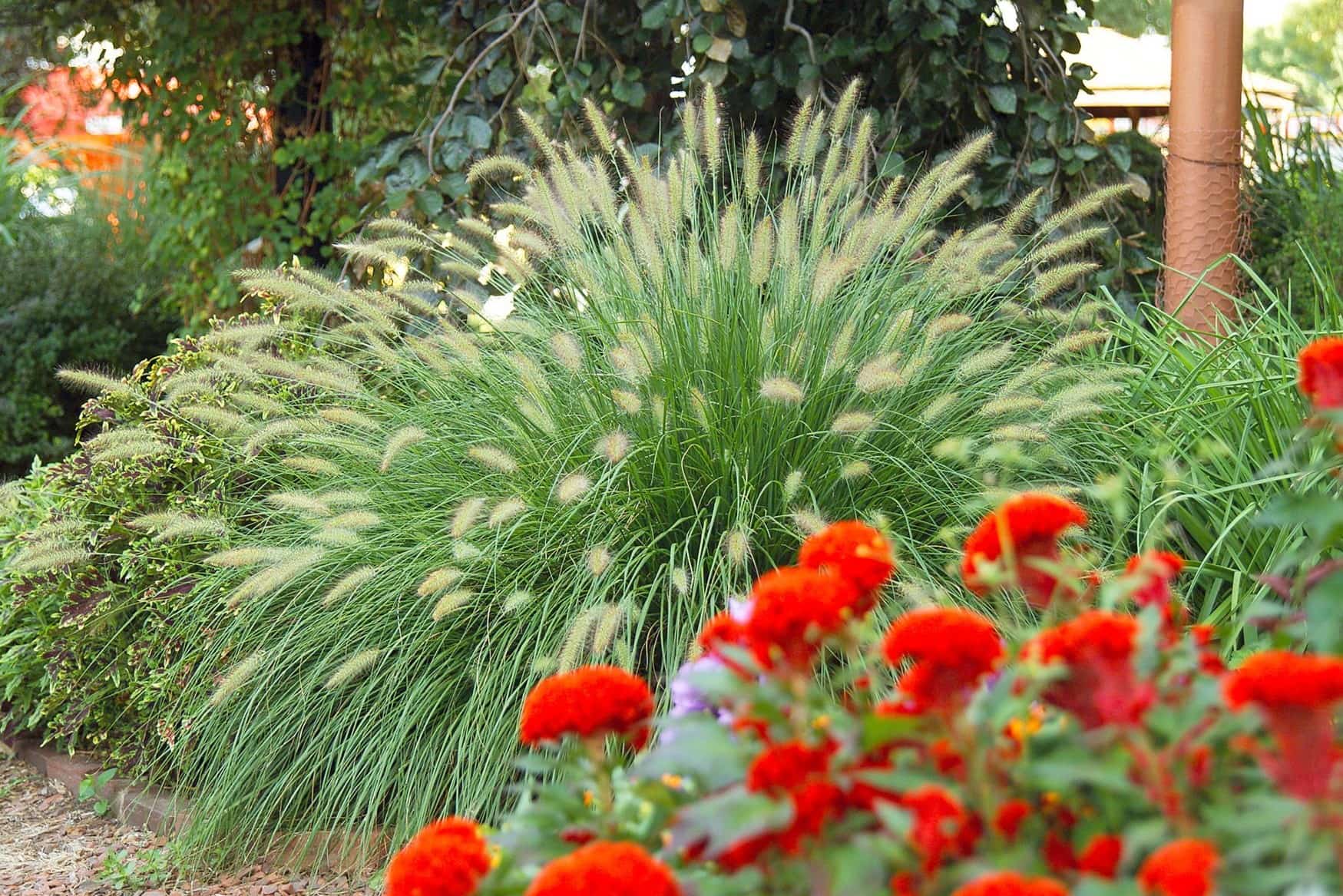
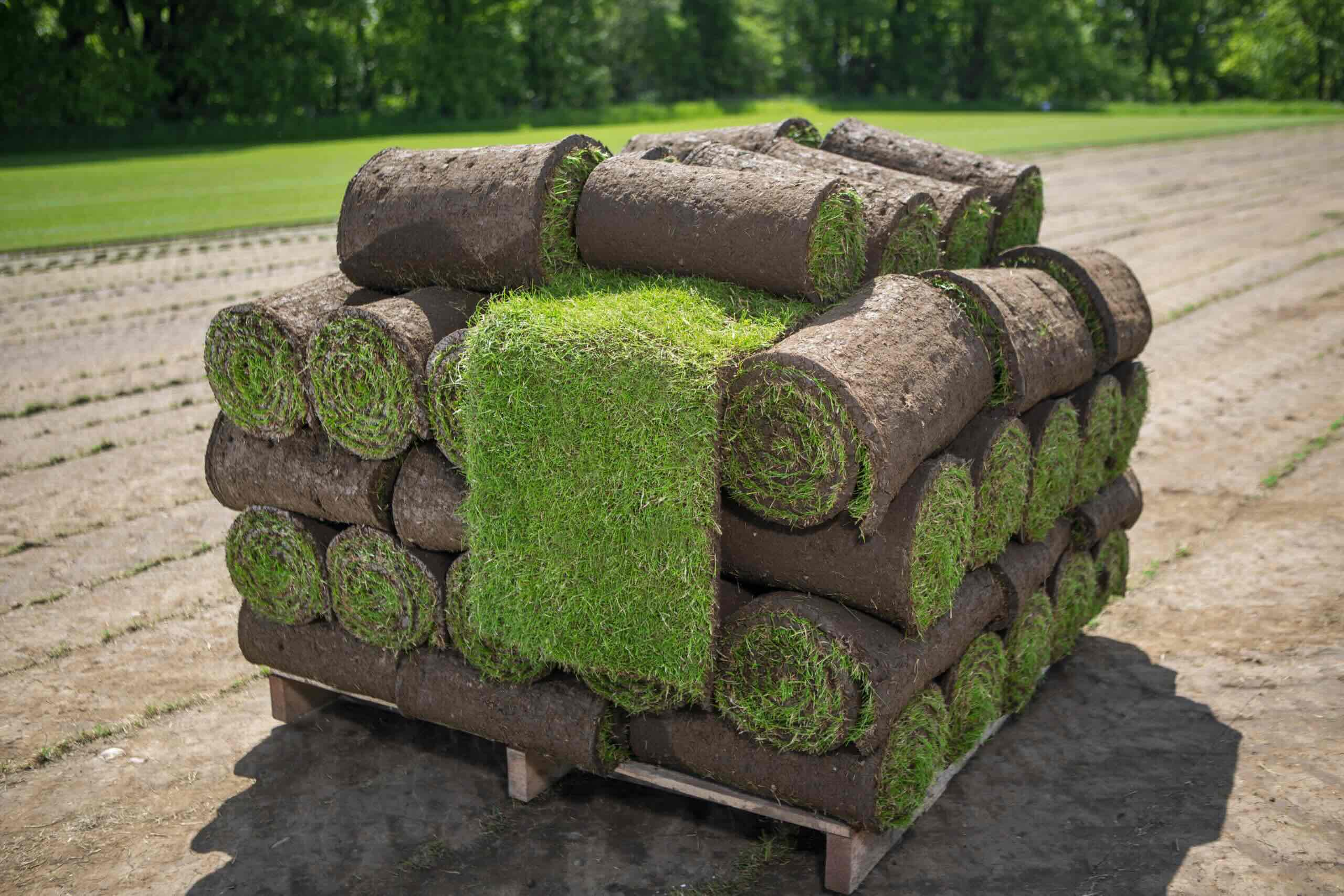
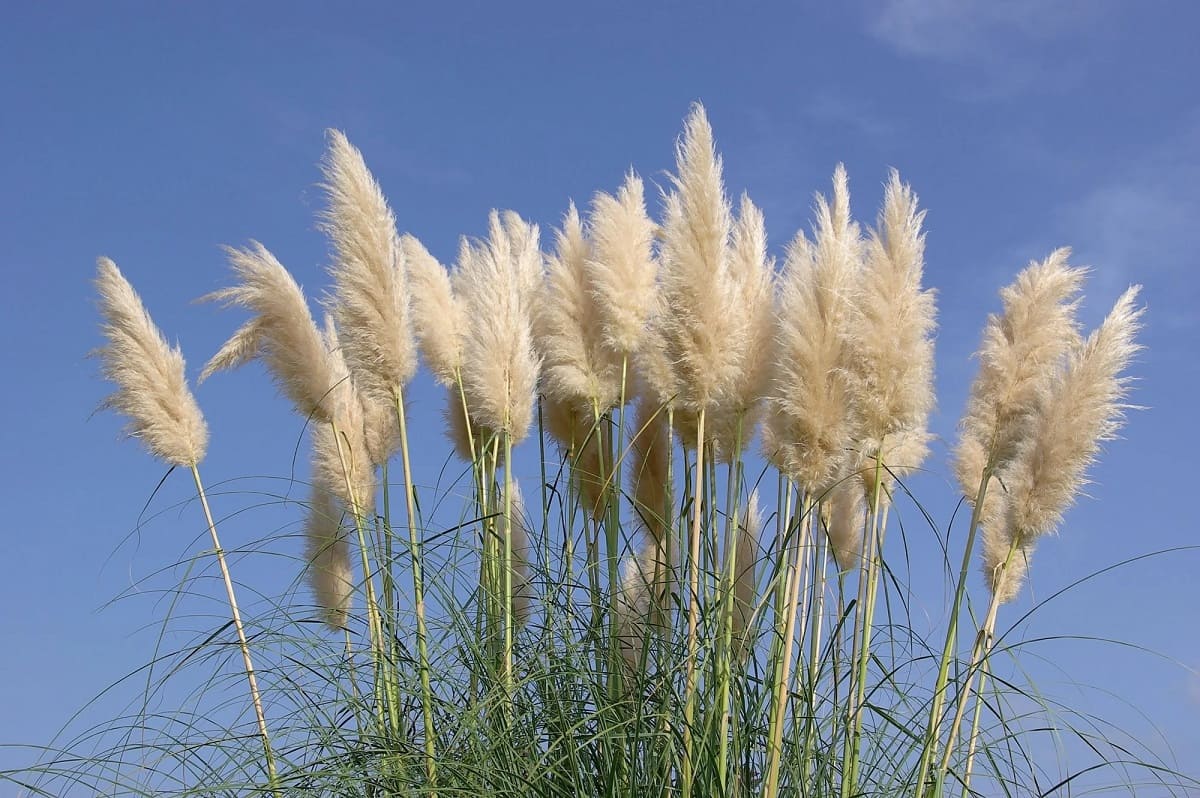
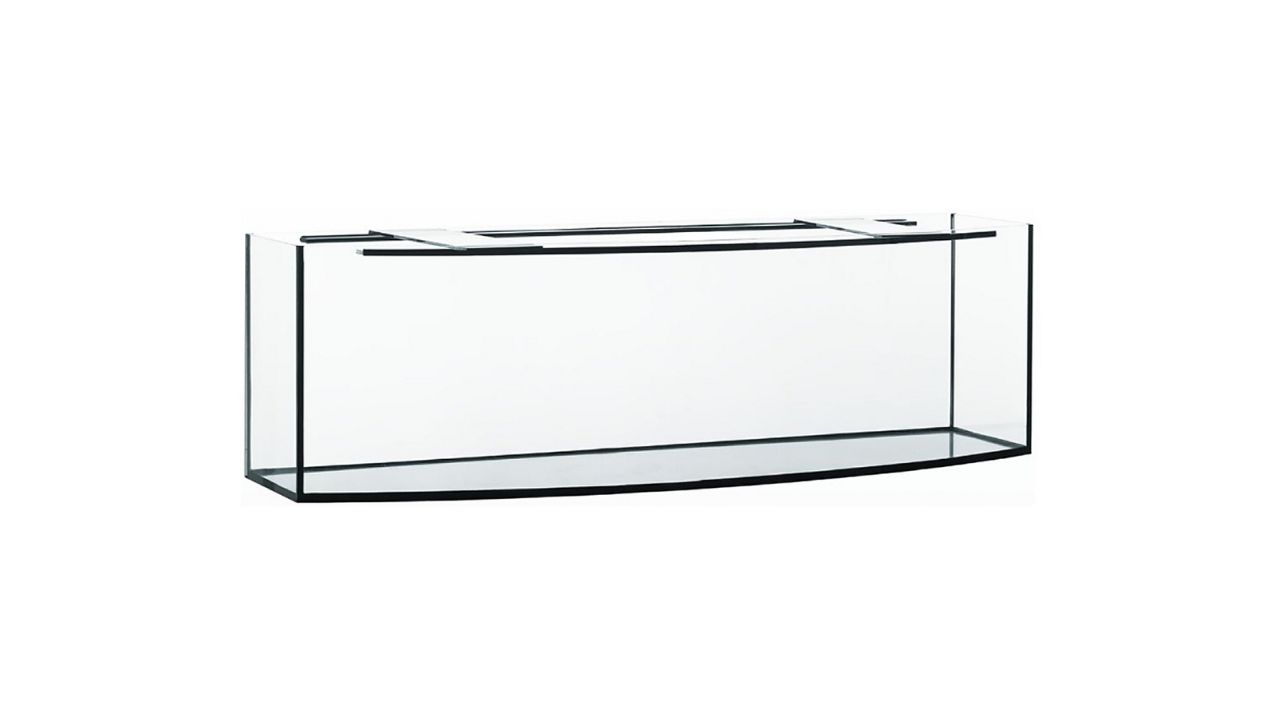
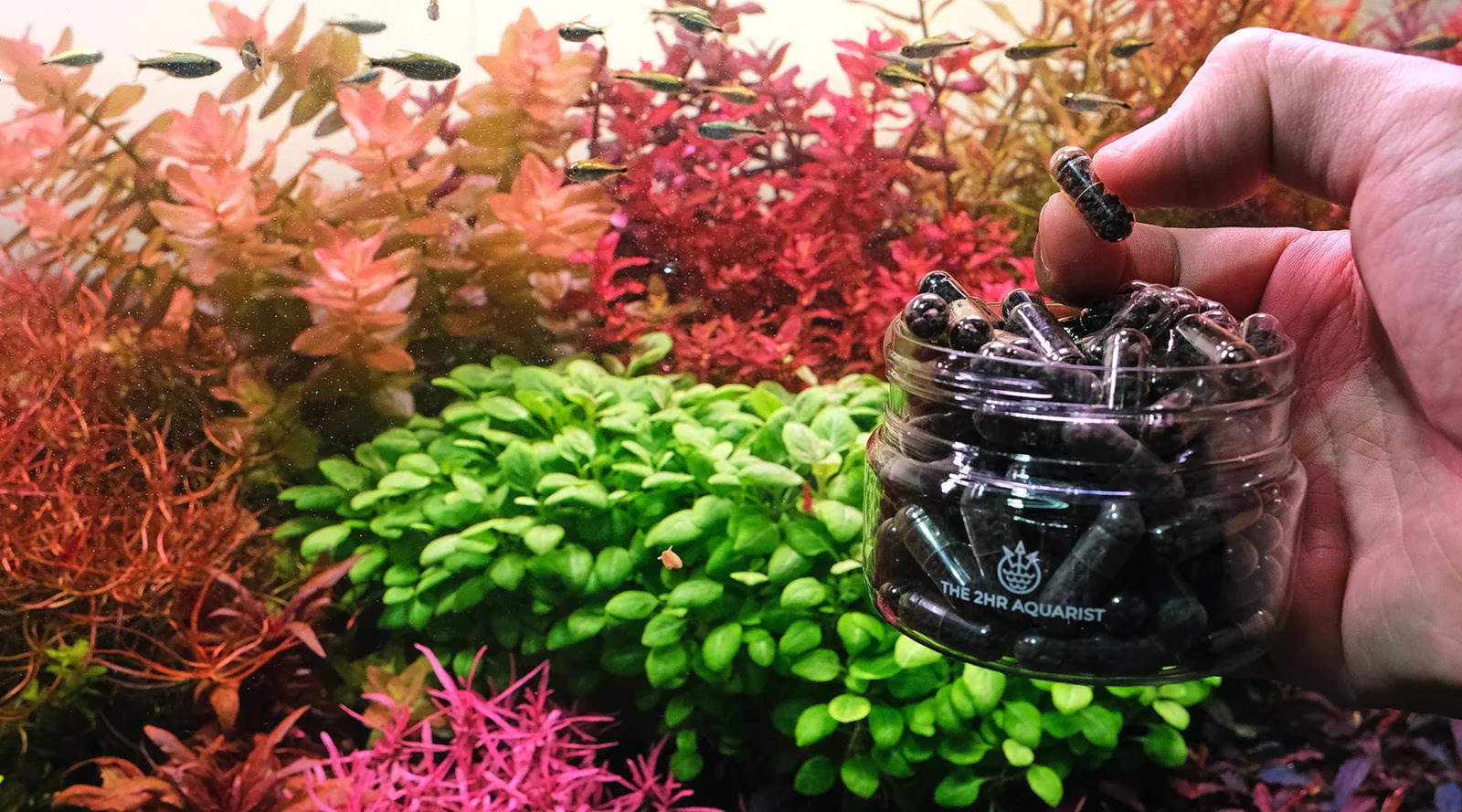
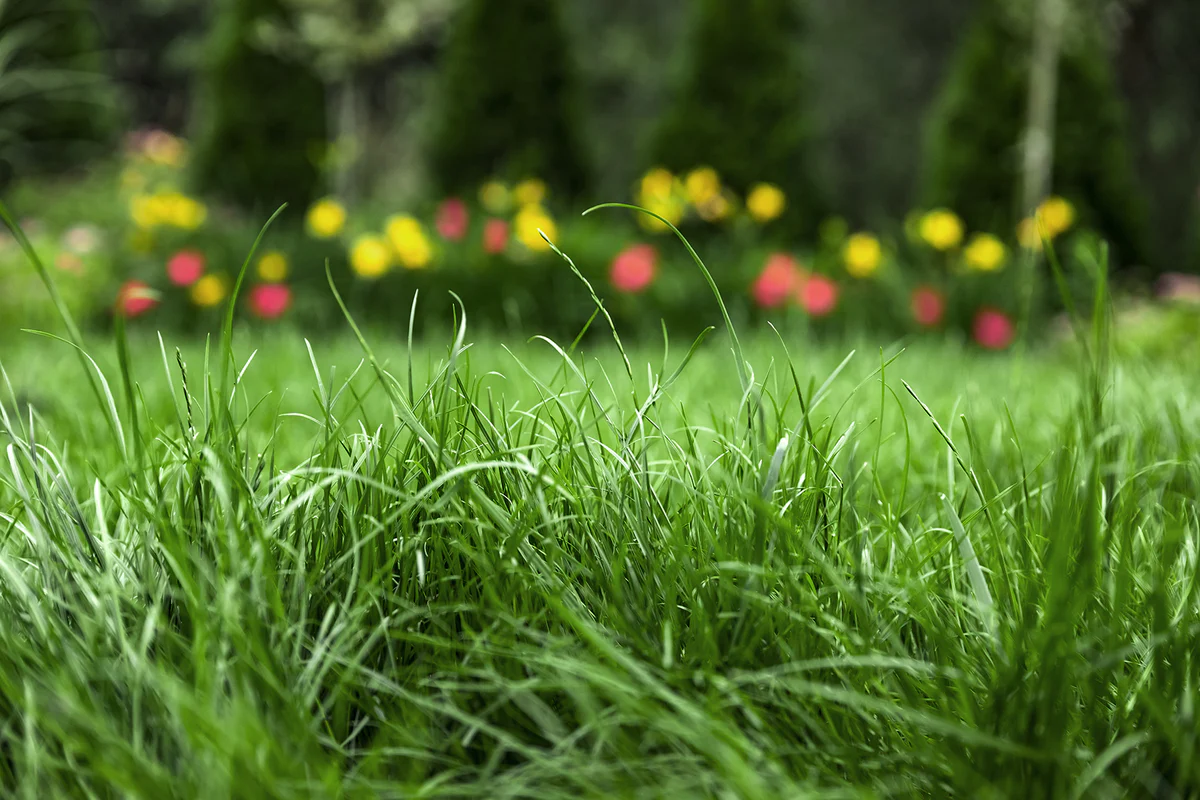
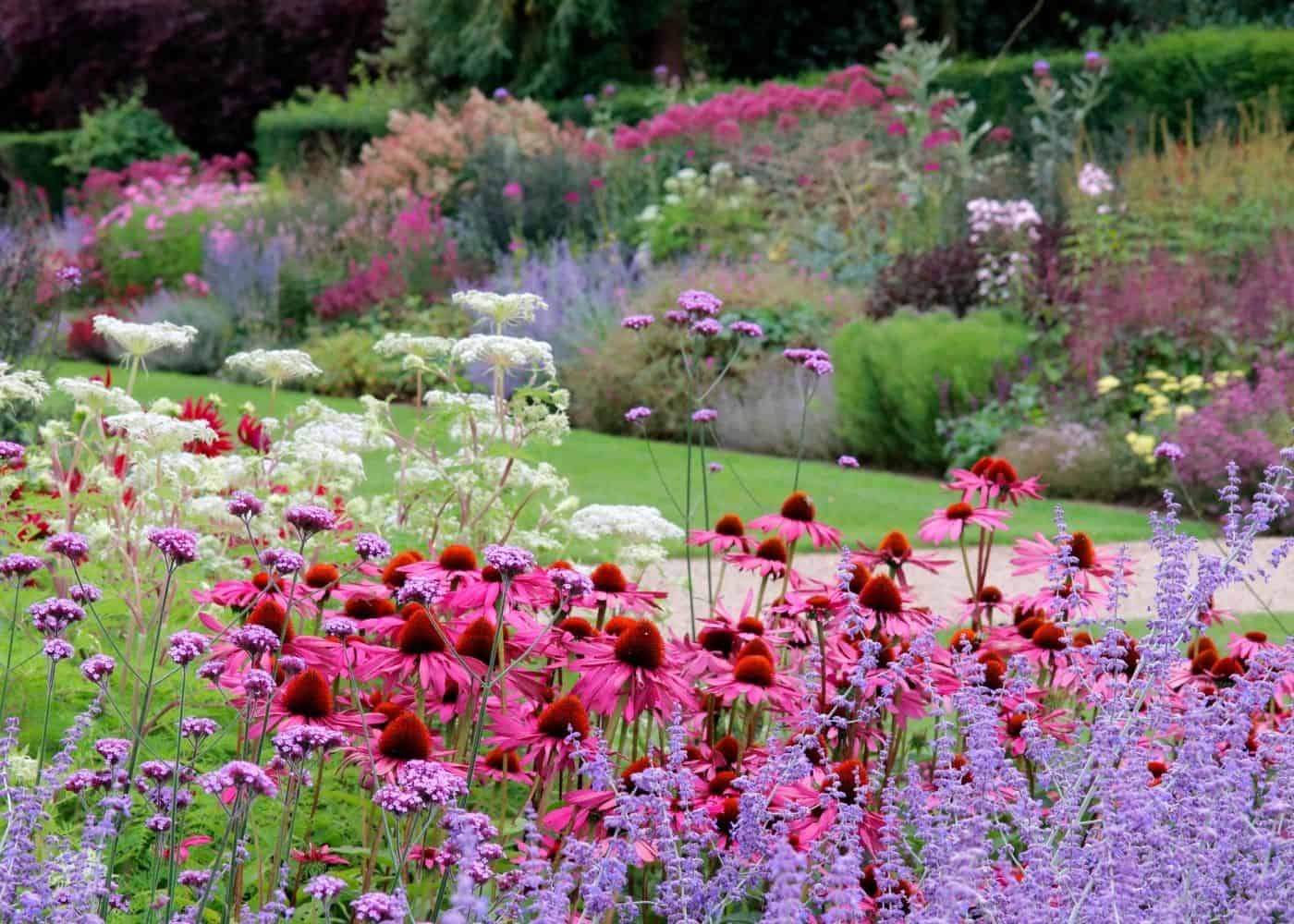
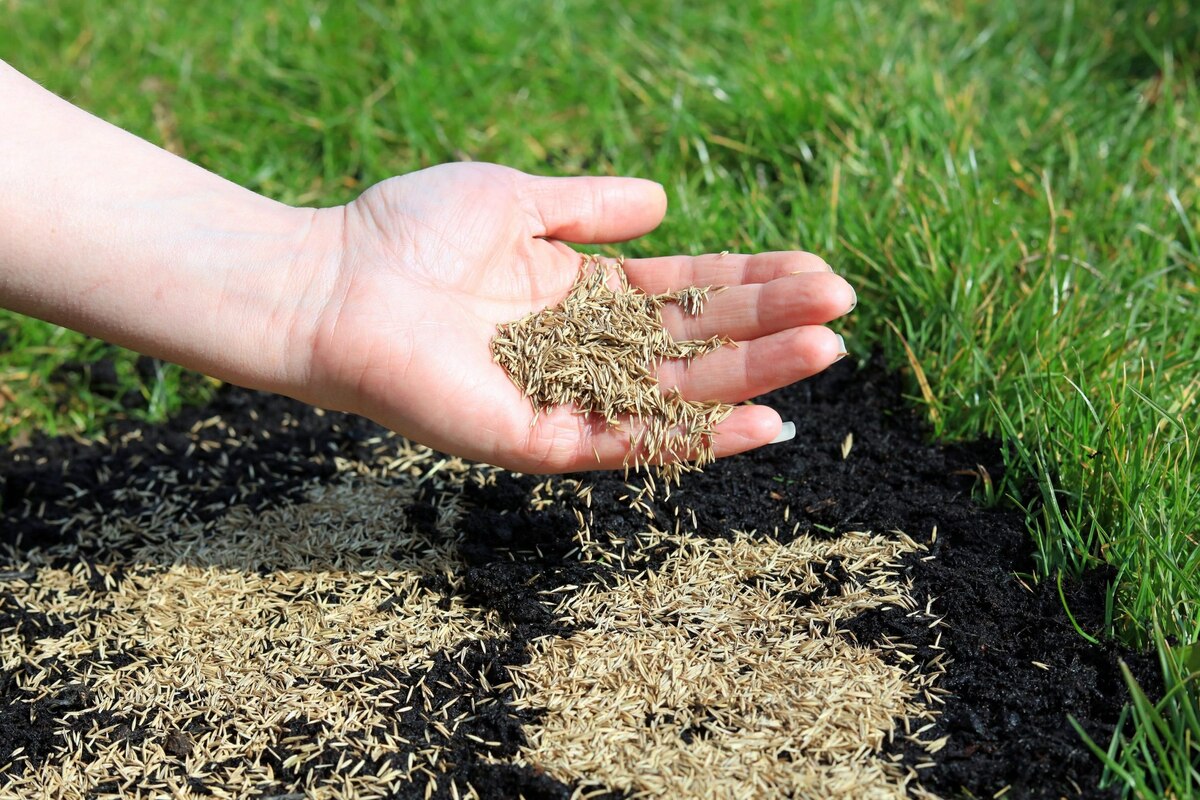

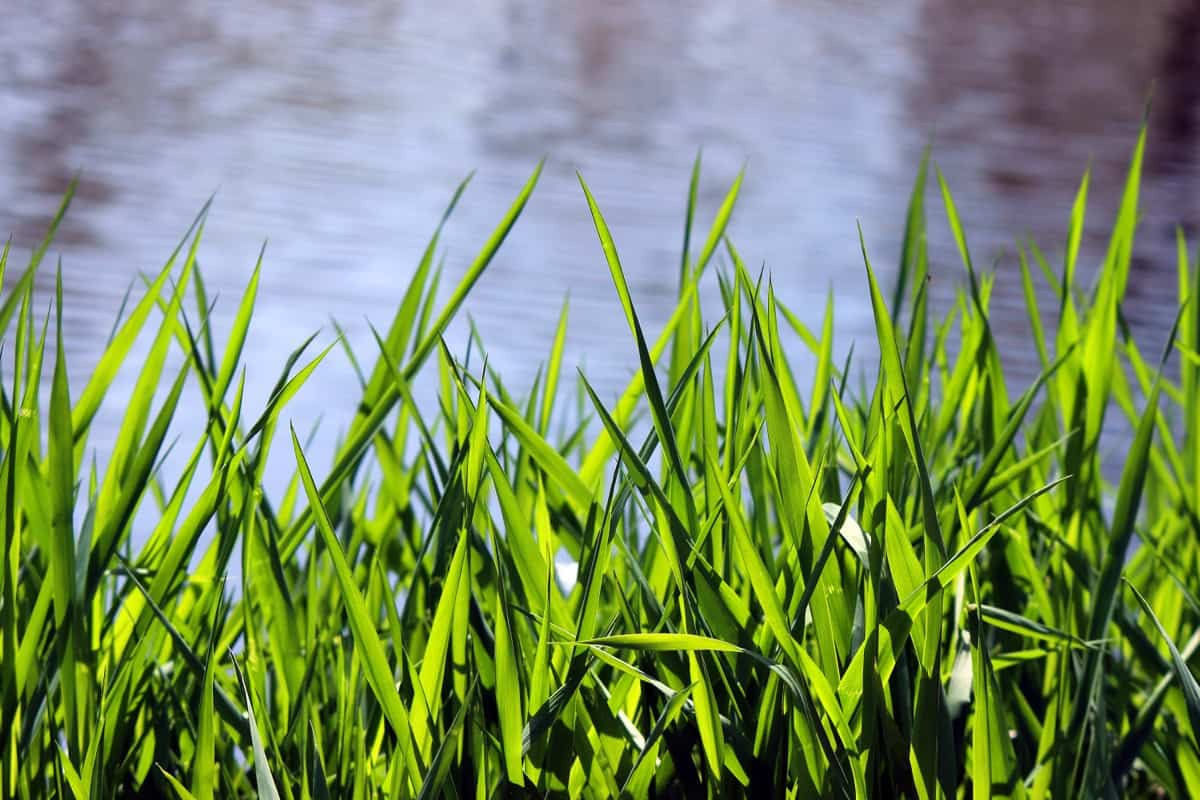

0 thoughts on “How To Plant Grass In An Aquarium”